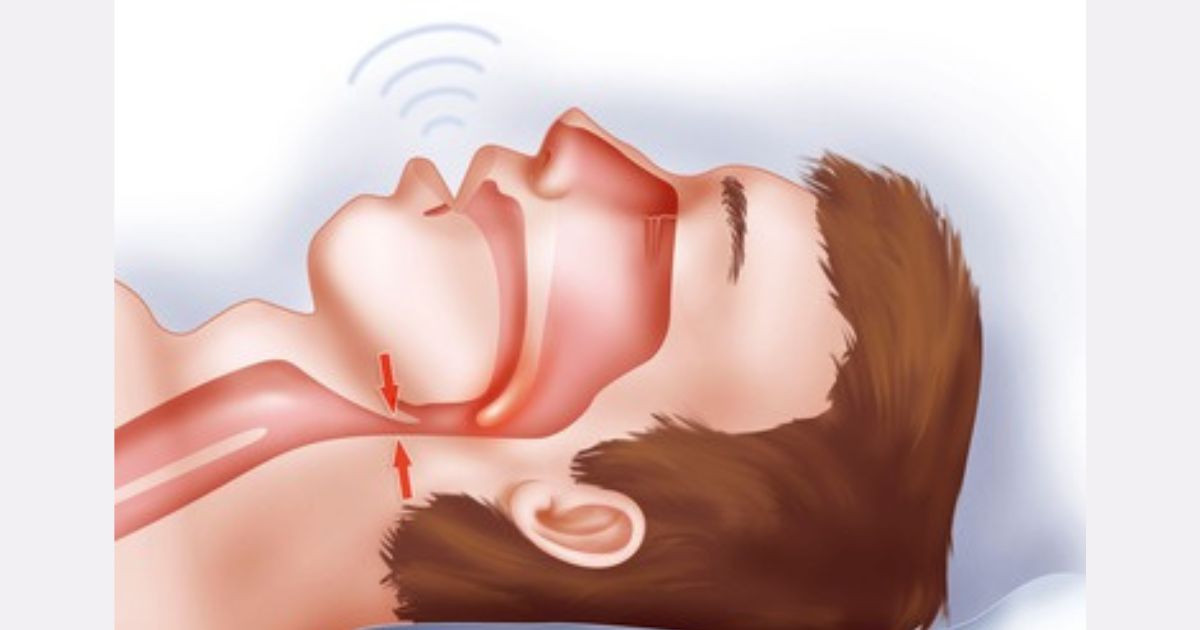A recent study conducted by Michigan Medicine has shed light on surprising risk factors for developing Amyotrophic Lateral Sclerosis (ALS), commonly known as Lou Gehrig’s disease. According to the study, engaging in recreational activities such as golfing and gardening may significantly increase the risk of developing ALS.
Published in the Journal of the Neurological Sciences, the study analyzed the lifestyles of 700 individuals, comprising 400 ALS patients and 300 healthy individuals, focusing on their hobbies and non-work activities. The findings revealed a notable association between certain recreational activities and the risk of developing ALS.
Dr. Stephen Goutman, the study’s first author and director of the Pranger ALS Clinic at the University of Michigan, emphasized the significance of identifying potential risk factors beyond occupational hazards.
He highlighted that while previous research has linked ALS to occupational exposures in manufacturing and trade industries, the study adds to the growing evidence suggesting that recreational activities could also play a role in the development of the disease.
Among the recreational activities identified as potential risk factors for ALS, golfing emerged as a surprising factor, particularly for men. The study found that men who engage in golfing are at three times higher risk of developing ALS compared to those who do not participate in the activity. Similarly, gardening, yard work, woodworking, and hunting were also listed as activities associated with an increased risk of ALS.
Goutman proposed that frequent exposure to pesticides, commonly encountered in activities like golfing and gardening, could contribute to the elevated risk of ALS among individuals engaged in these hobbies.
Previous research conducted at Michigan Medicine has linked pesticide exposure to the progression of ALS in patients. Additionally, woodworkers may face an increased risk due to the inhalation of formaldehyde, a common component in woodworking materials.
Gender Differences In ALS Risk Factors
While the study’s findings underscore the potential risk posed by certain recreational activities, it also raises questions about gender disparities in ALS risk. Despite identifying elevated risk factors among men, the study did not observe a similar association in women who participated in the same activities. Goutman noted that further research is needed to explore these gender differences and their implications for ALS prevention and treatment strategies.
Senior author Dr. Eva Feldman emphasized the importance of understanding and identifying activities that increase the risk of ALS, as it lays the foundation for developing preventive measures.
She highlighted the study’s goal of establishing a comprehensive list of ALS risk factors, which would serve as a roadmap for mitigating the risk and improving outcomes for individuals at risk of developing the disease.
The study underscores the complex interplay between environmental factors and ALS risk, highlighting the need for continued research to elucidate the underlying mechanisms and develop targeted interventions. Ultimately, the findings contribute to the ongoing efforts to better understand and address the multifaceted nature of ALS.








Leave a Reply
You must be logged in to post a comment.